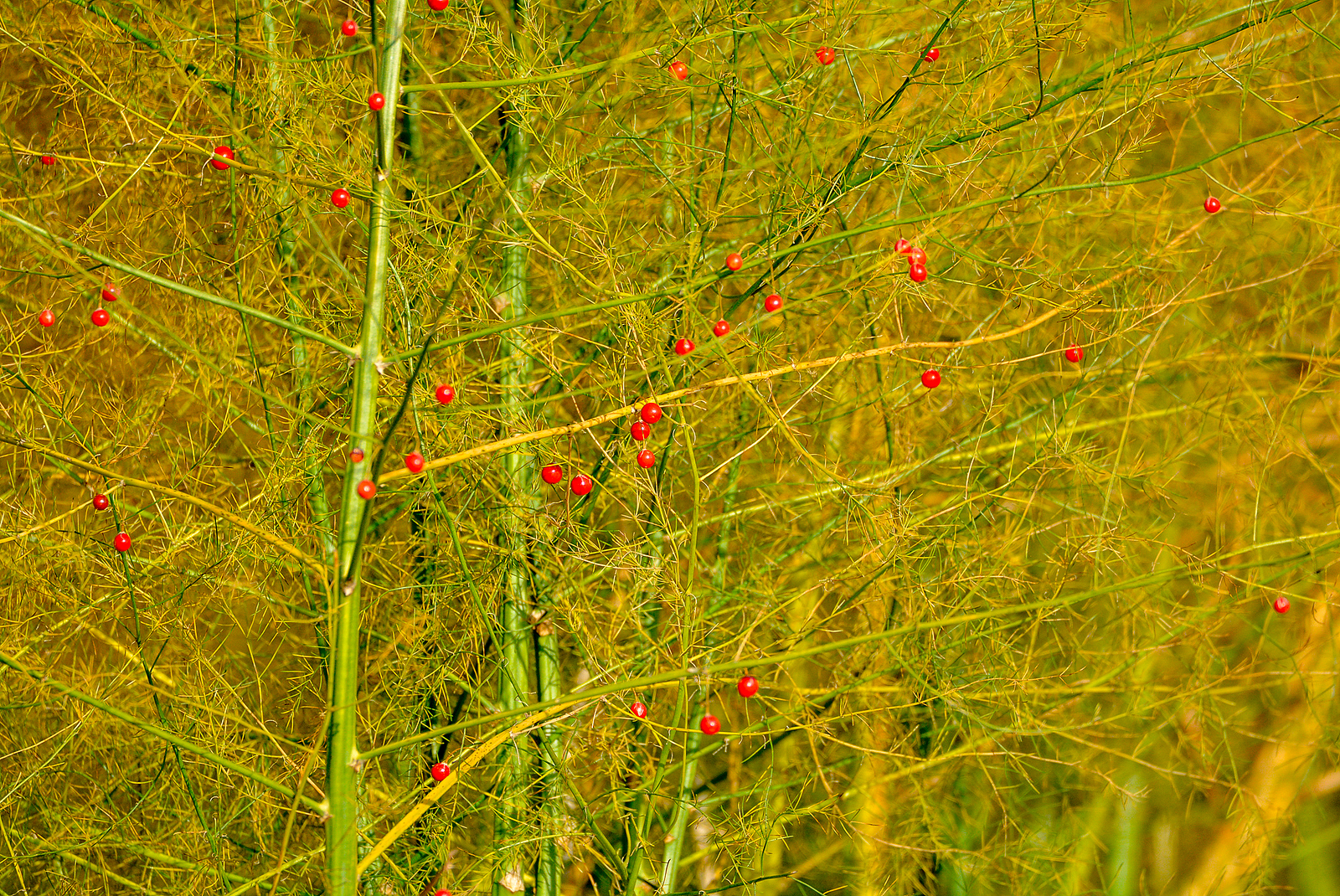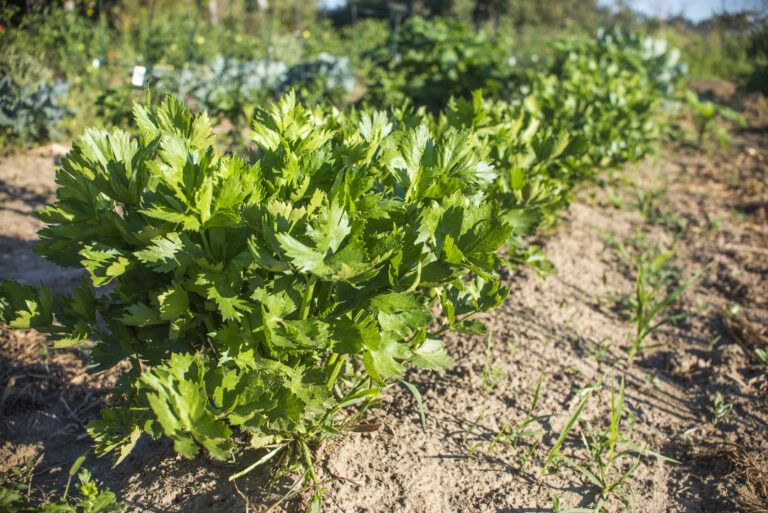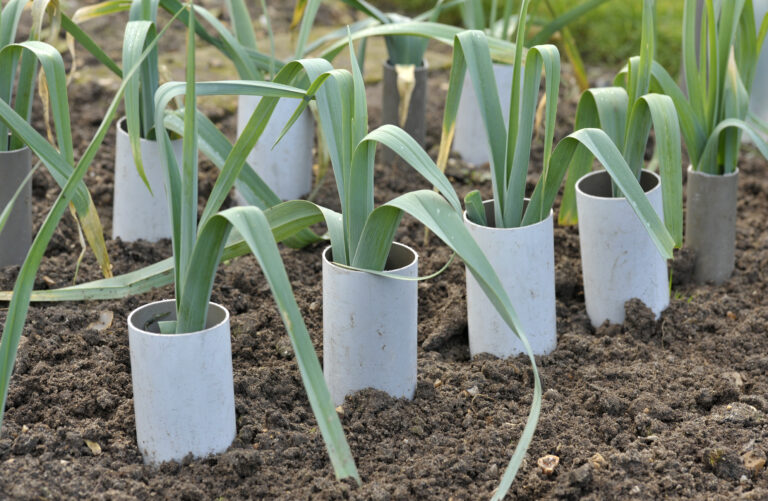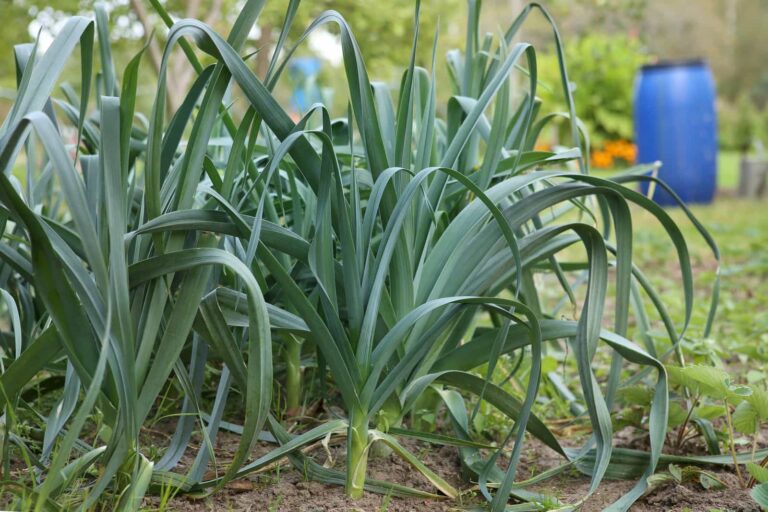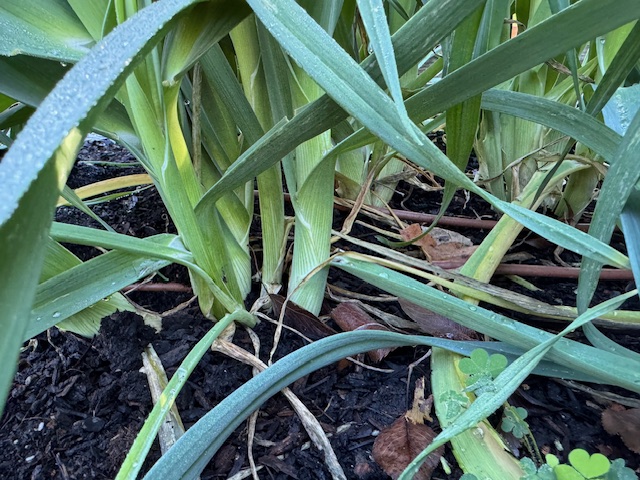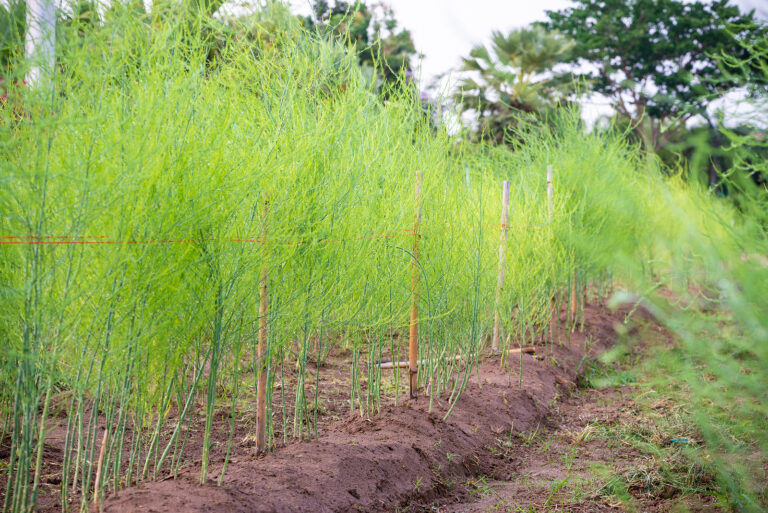How to Protect Asparagus from Winter Cold
Asparagus is a hardy perennial vegetable, but winter cold can stress crowns and reduce next year’s harvest if plants are not properly protected. After more than 30 years of growing asparagus in both mild California winters and occasional hard frosts, I’ve learned simple, effective methods to safeguard beds through the cold months. With the right preparation, asparagus crowns can thrive for 15 years or more.
Understand Your Climate and Timing
Asparagus tolerates light frosts and even freezes, but extreme cold below 0°F (-18°C) can damage crowns, especially in exposed beds. Know your USDA Zone to determine the level of protection needed:
- Zones 3–5: Provide heavy mulch for winter insulation.
- Zones 6–7: Moderate mulch and good drainage usually suffice.
- Zones 8–10: Light mulch protects crowns during rare cold snaps.
Step 1: Cut Back and Clean Up
After the first hard frost, when the ferns turn yellow or brown, cut them down to 2 inches above the soil. Removing old growth prevents overwintering pests and diseases such as asparagus beetles and rust. Dispose of or compost healthy ferns; discard any diseased material.
Step 2: Add a Thick Mulch Layer
Cover crowns with 4–6 inches of organic mulch such as straw, shredded leaves, pine needles, or compost.
- Benefits: Insulates against temperature swings, prevents soil heaving, and adds organic matter as it decomposes.
- In very cold climates, add an extra 2 inches of mulch for added insulation.
Step 3: Improve Drainage
Winter wet combined with freezing temperatures can rot crowns.
- Raise beds or improve soil structure with compost before mulching.
- Avoid heavy irrigation once plants are dormant.
Step 4: Protect Against Deep Freezes
If a severe cold spell is forecast, lay an extra cover over the mulch, such as burlap, frost cloth, or evergreen boughs. Remove coverings gradually in early spring to avoid sudden warming, which can stimulate premature spear growth.
Step 5: Spring Care
As soil warms in early spring, gradually pull back mulch to allow spears to emerge. Too much cover can delay harvest, but leaving a light layer suppresses early weeds.
My Experience and Key Takeaways
In my Sonoma Valley garden (Zone 9), a 4-inch straw mulch and well-drained raised beds protect crowns from occasional frost. In colder climates where I’ve gardened, adding an extra 2 inches of shredded leaves has reliably carried asparagus through subzero winters without loss. The combination of clean-up, mulch, and drainage is the most dependable winter insurance for a long-lived asparagus bed.
Asparagus Growing Hub
Start here: The Ultimate Asparagus Growing Guide: From Seed to Harvest
Planting & Establishment
- When to Plant Asparagus by USDA Zone
- How to Plant Asparagus
- How to Select the Best Asparagus Plants and Crowns
- Starting Asparagus from Seed Indoors: Step-by-Step Guide
- Direct Sowing Asparagus Seeds Outdoors
- Planting Asparagus Crowns Outdoors: A Beginner’s Guide
- Male vs. Female Asparagus Plants: What’s the Difference?
- How to Transplant Asparagus Without Damaging the Roots
Care & Maintenance
- The Best Companion Plants for Asparagus and What to Avoid
- How to Water Asparagus for Healthy Growth
- Fertilizing Asparagus: Feeding Tips for Bigger Harvests
- Seasonal Asparagus Care: Spring, Summer, and Fall Tasks
- How to Blanch Asparagus for White Spears
- How to Protect Asparagus from Winter Cold
Pests & Diseases
Harvest & Storage
- When and How to Start Harvesting Asparagus Spears
- How to Harvest and Store Asparagus
- Asparagus Harvest Schedule: Year-by-Year Guide
- How to Harvest Asparagus Twice a Year
Kitchen & Varieties

